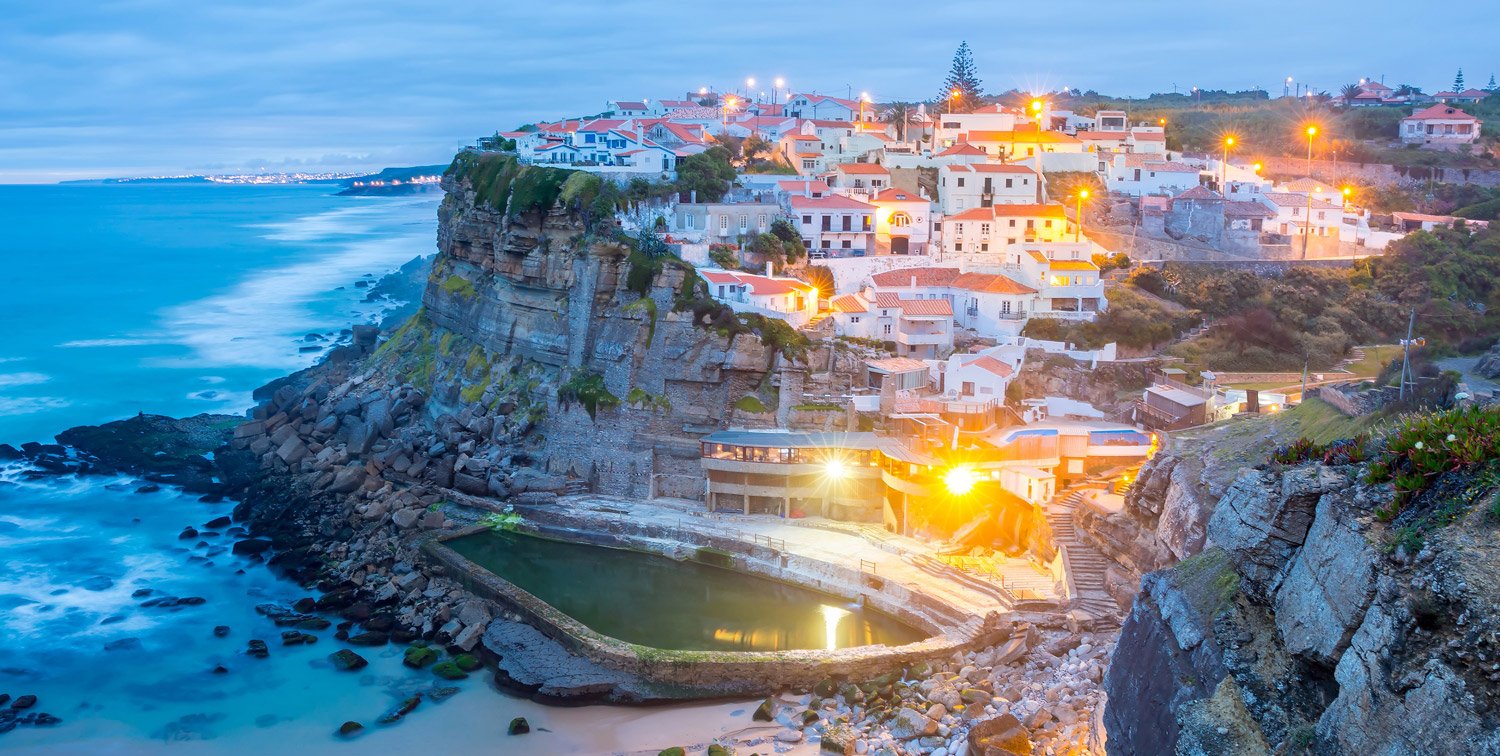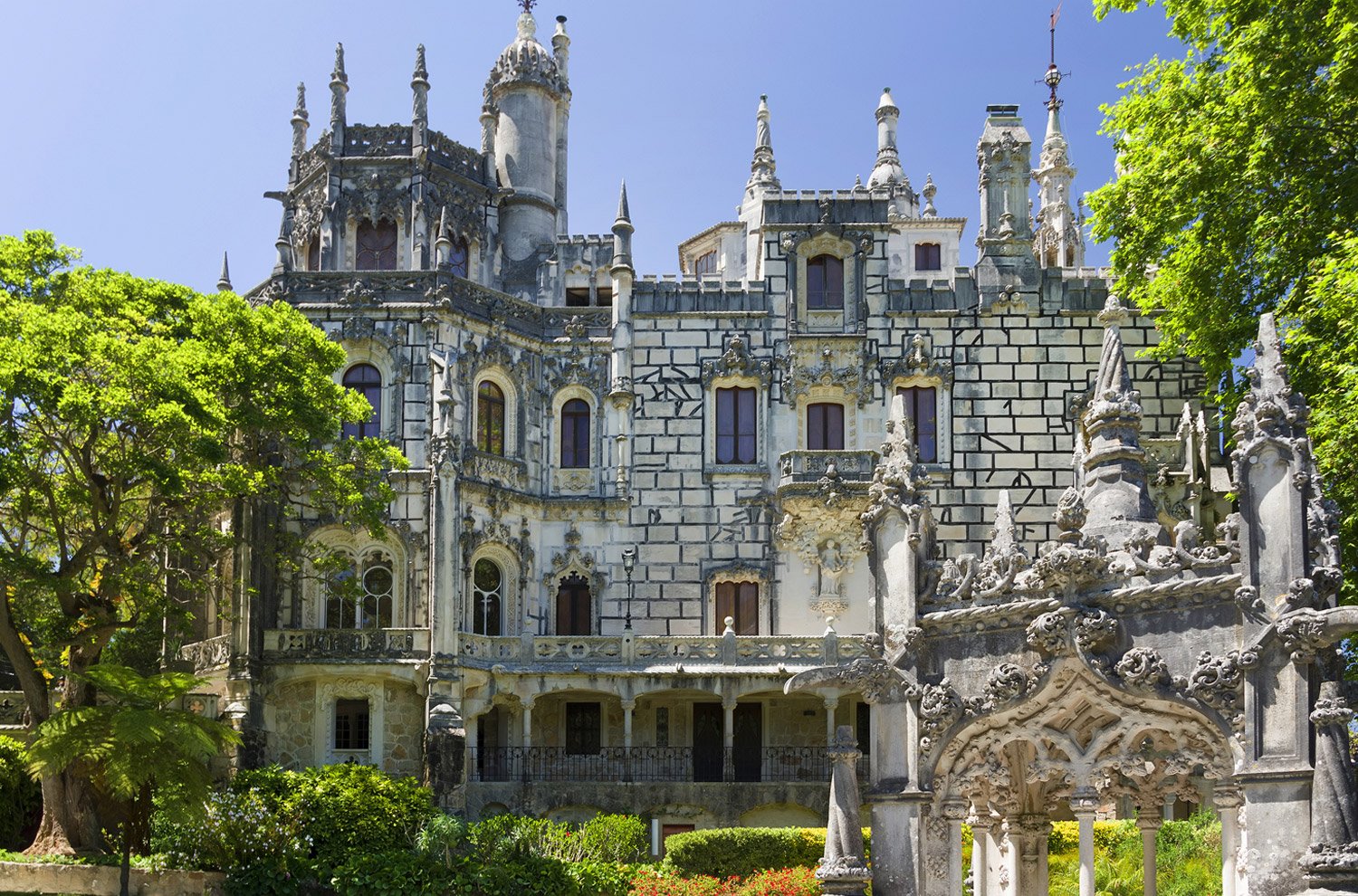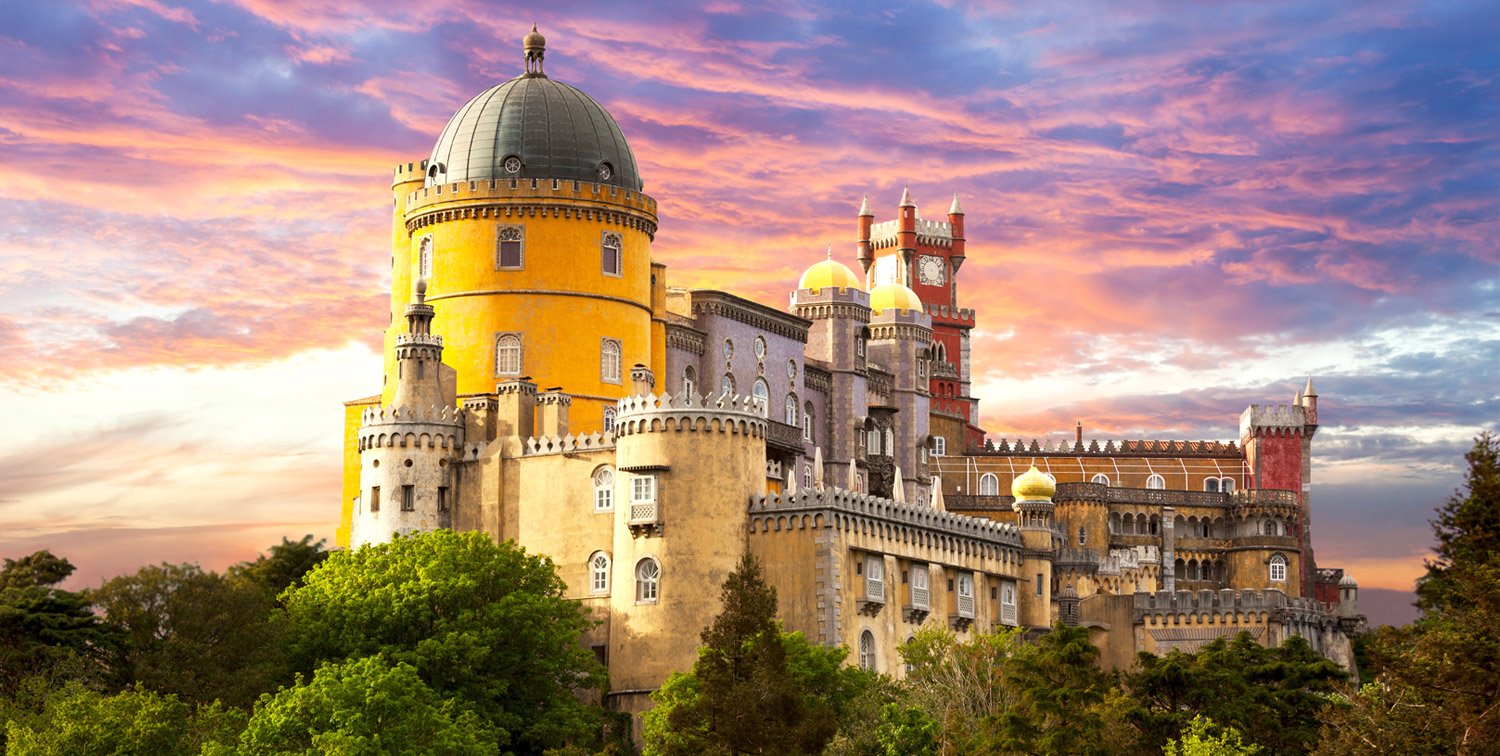Lisbon
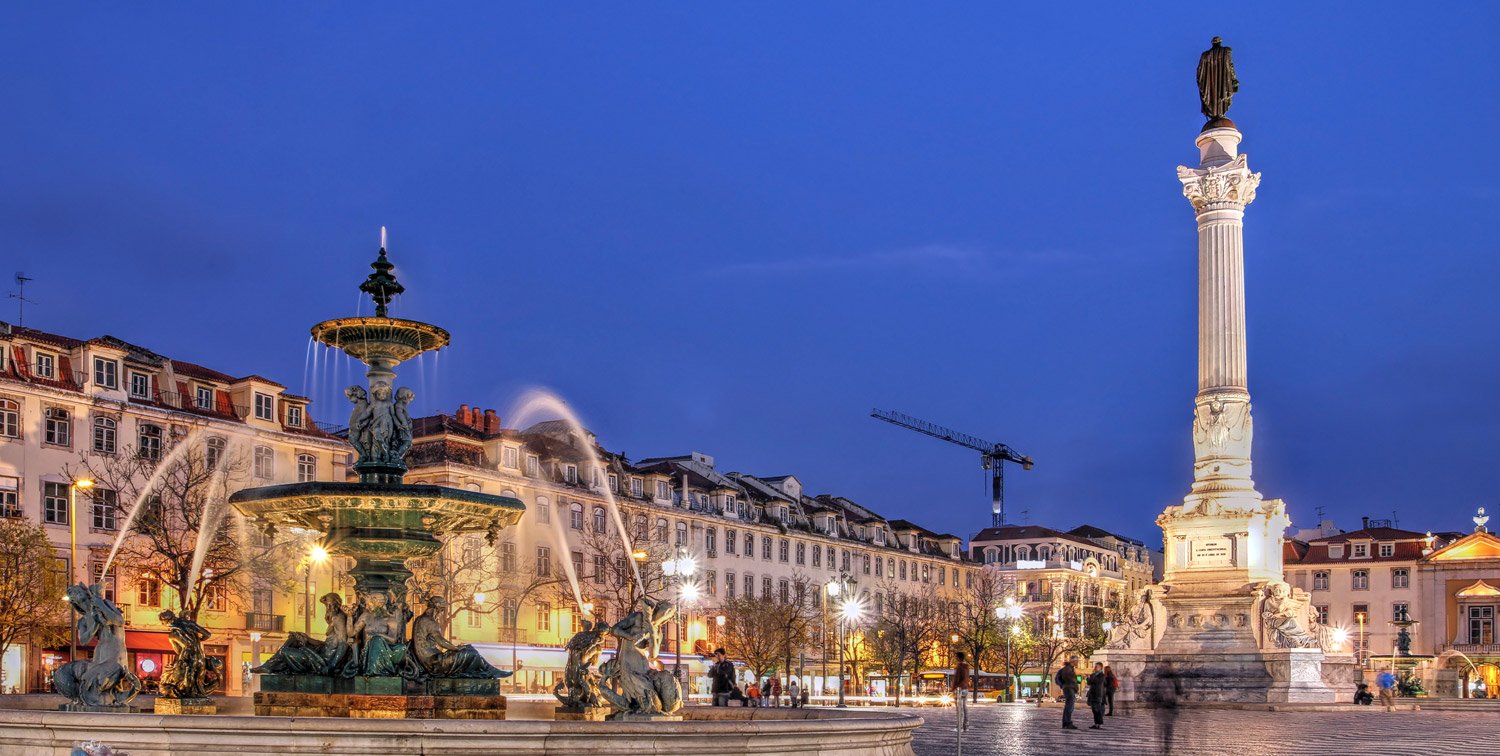
Many explorers like Vasco da Gama, Magellan and Prince Henry the Navigator, once lived in Lisbon. The first true cosmopolitan city in the world, Lisbon is one of Europe’s soulful and picturesque capitals, built on a series of hills with scenic views from any angle. Today, as the capital of Portugal, Lisbon has experienced a renaissance with respect to contemporary culture, art, architecture and music and is making waves in the world today.
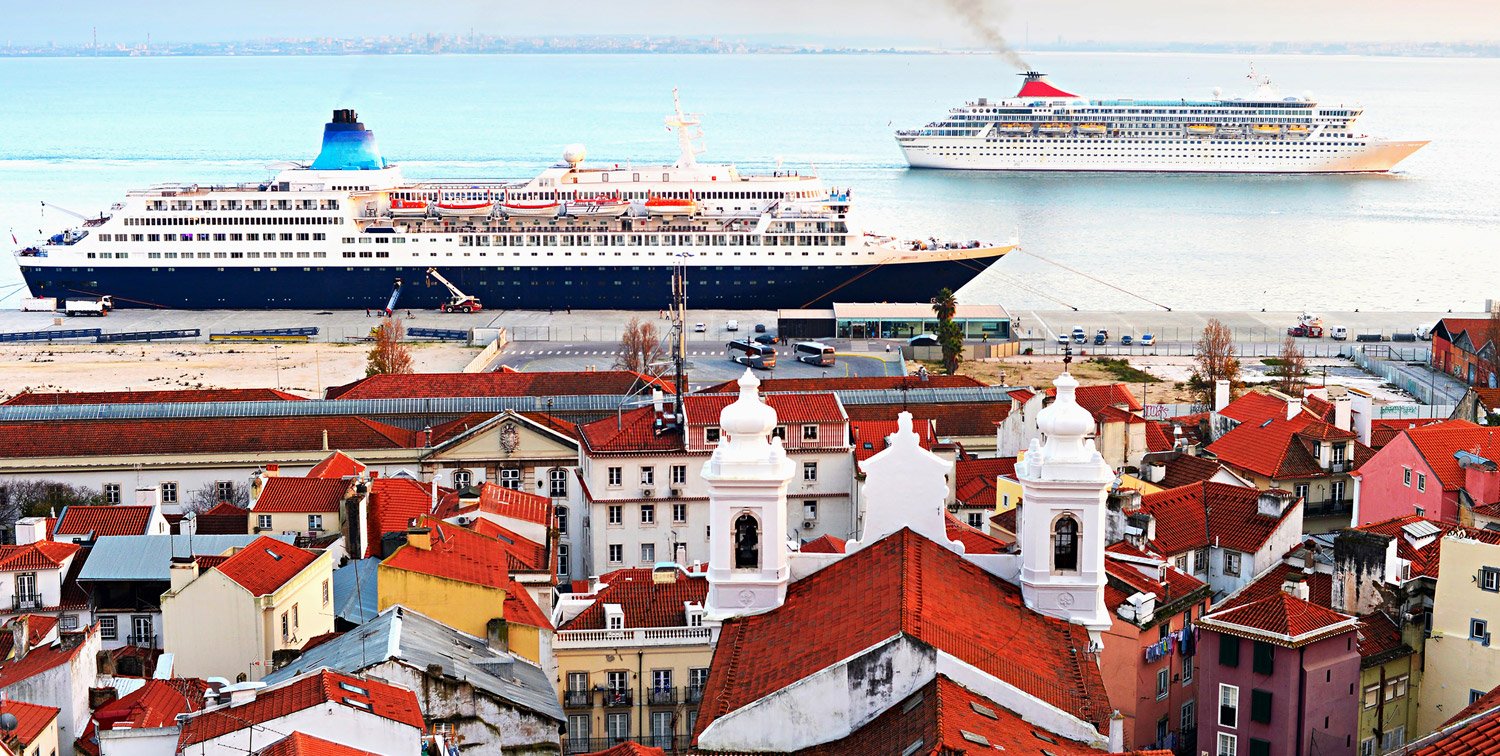
How to reach Lisbon
By Air
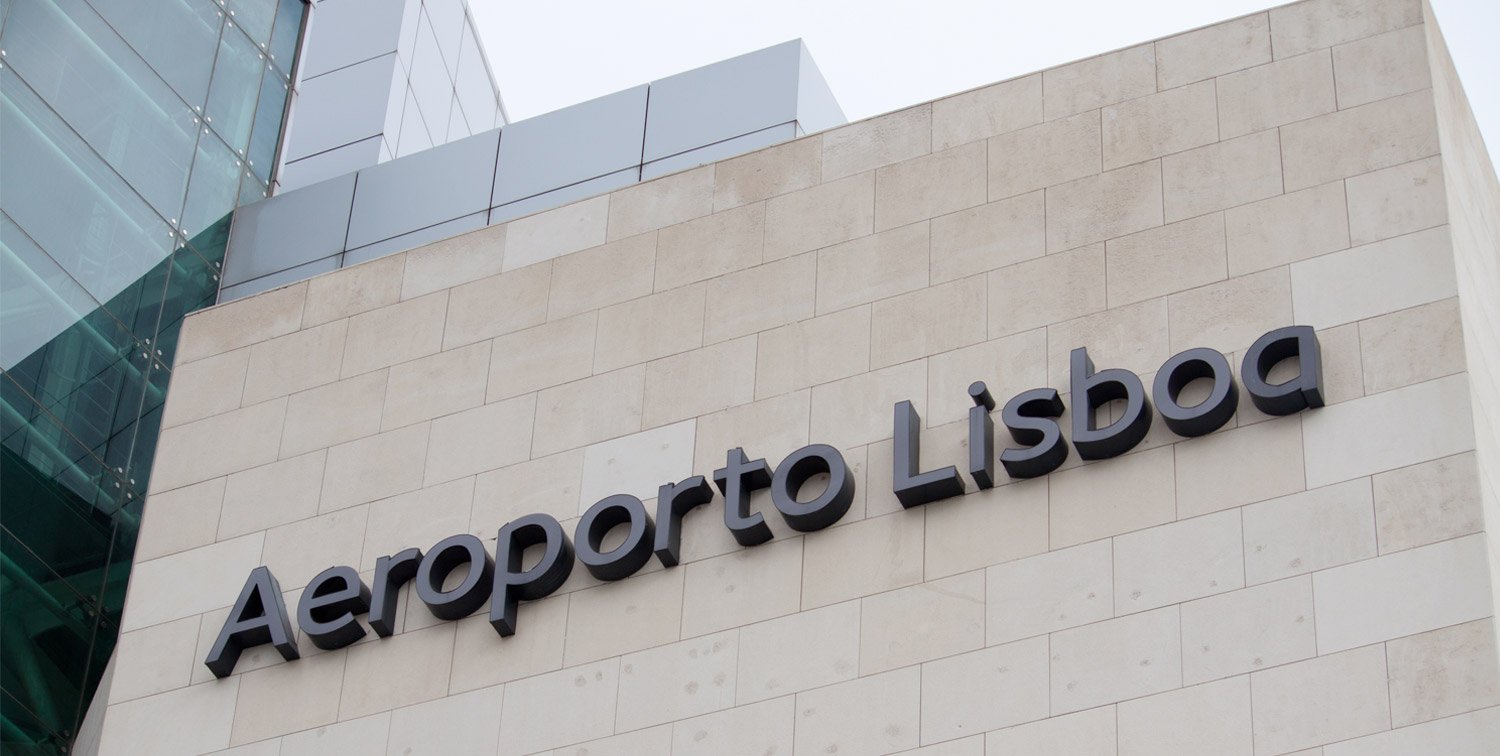
From/to the airport
There is also an AeroBus can be taken from outside the Arrivals hall (adult/child €3.50/2, 25 to 35 minutes, roughly every 20 minutes from 7am to 11pm). Its route is through Marquês de Pombal, Avenida Liberdade, Restauradores, Rossio and Praça do Comércio.
It would cost €10 for the 15-minute taxi ride to central Lisbon. An extra of €1.60 is to be paid if the luggage needs to be placed in the boot. Flagging down a cab at Departures will help you avoid queues.
By train

Alfa Pendular, the domestic high-speed line connects Braga, Porto and Coimbra with Lisbon from the north and Faro from the south. Between the major cities, the prices begin at €40 in second class.
The sights of the city
Belem Tower
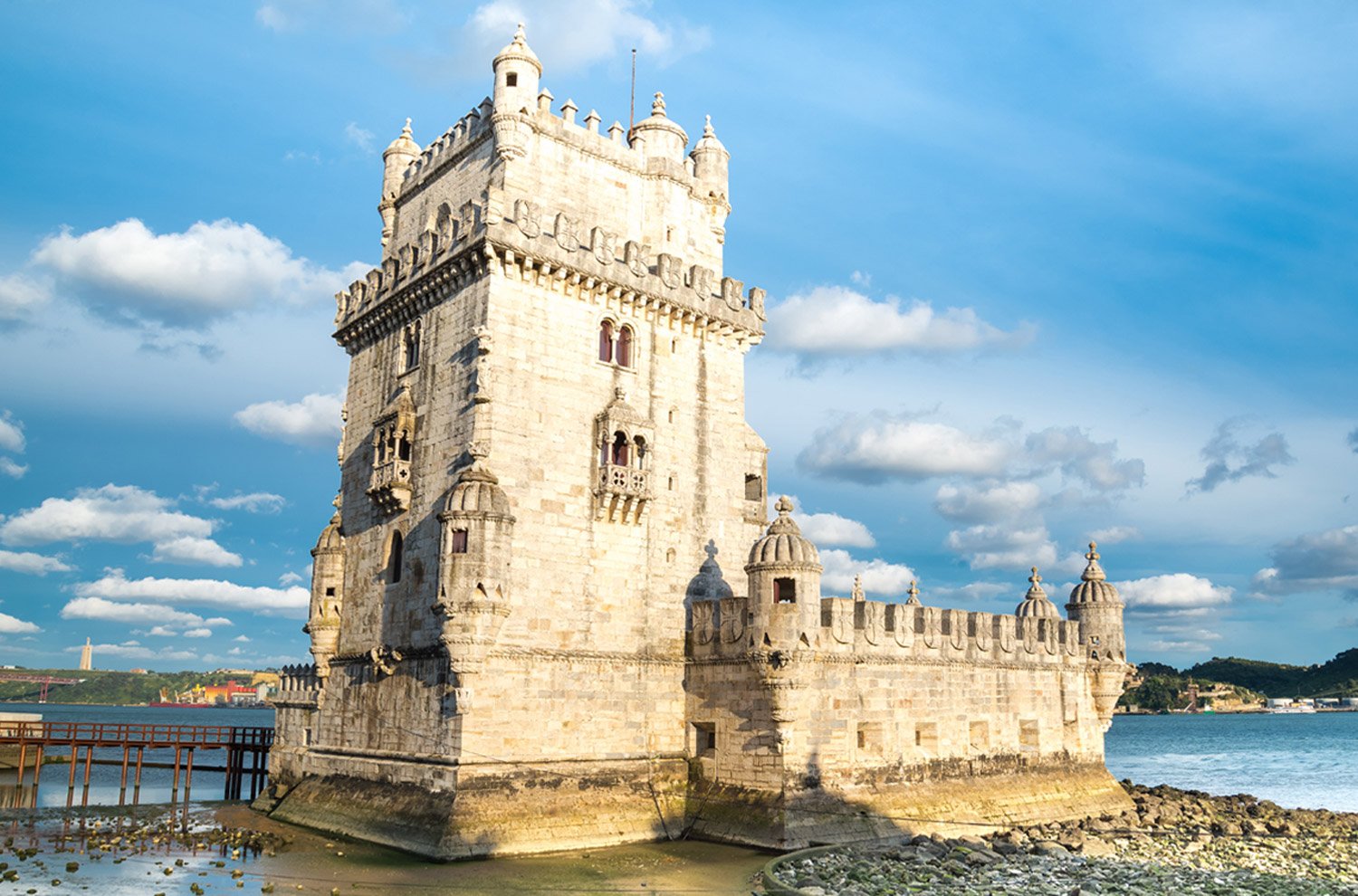
The tower stands as the symbol of the country and is a monument to Portugal’s Age of Discovery.
Jeronimos Monastery
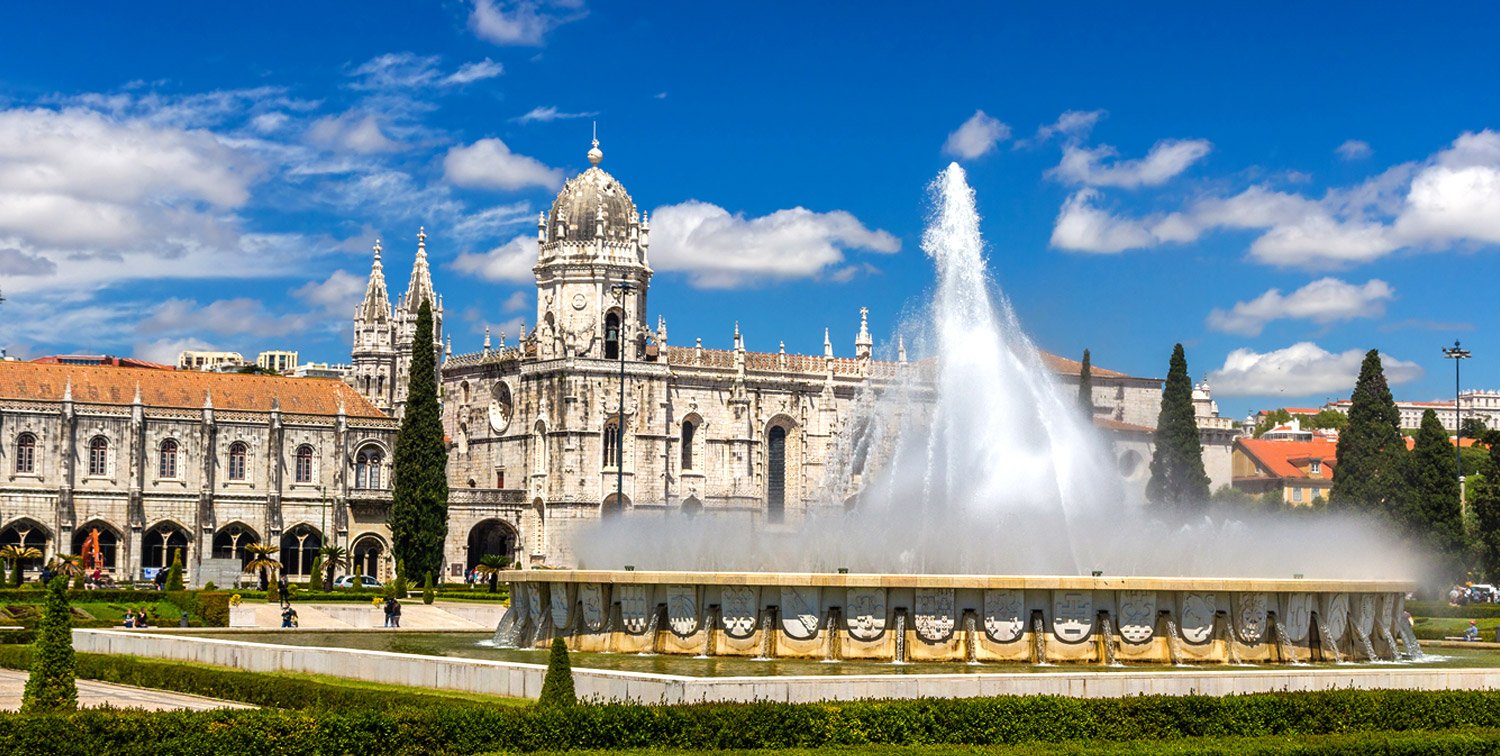

Discoveries Monument
The explorers of the world are carved in stone.
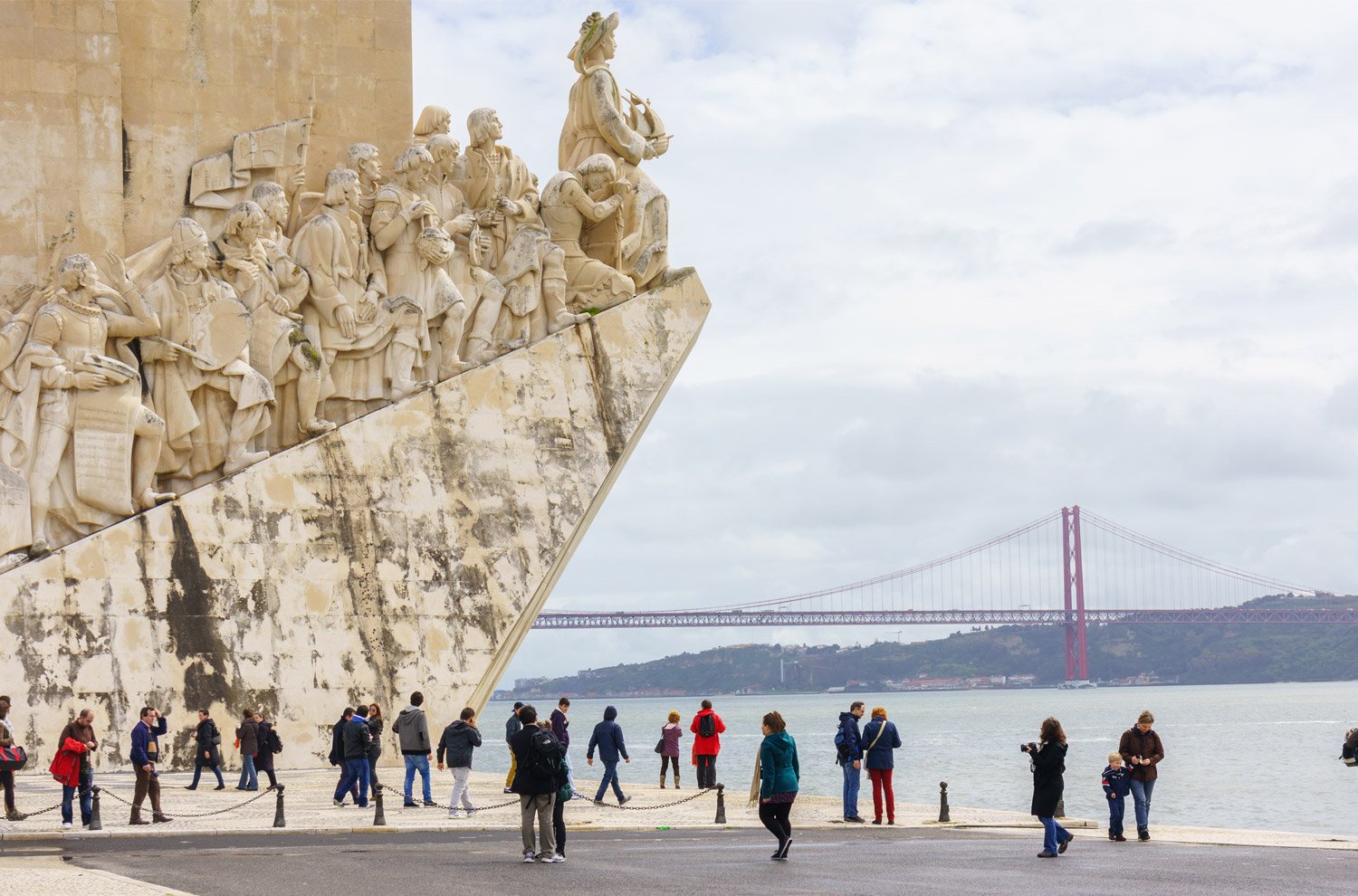
Representing three-sailed ship ready to depart, with sculptures of King Manuel I carrying an armillary sphere, poet Camões holding verses from The Lusiads, Vasco da Gama, Magellan, Cabral and many other notable Portuguese explorers, monks, cartographers, crusaders and cosmographers, with Prince Henry the Navigator holding a small vessel and Queen Felipa of Lancaster, the mother of Henry.
Sao Roque Church And Museum
It has the the most expensive chapel in the world!
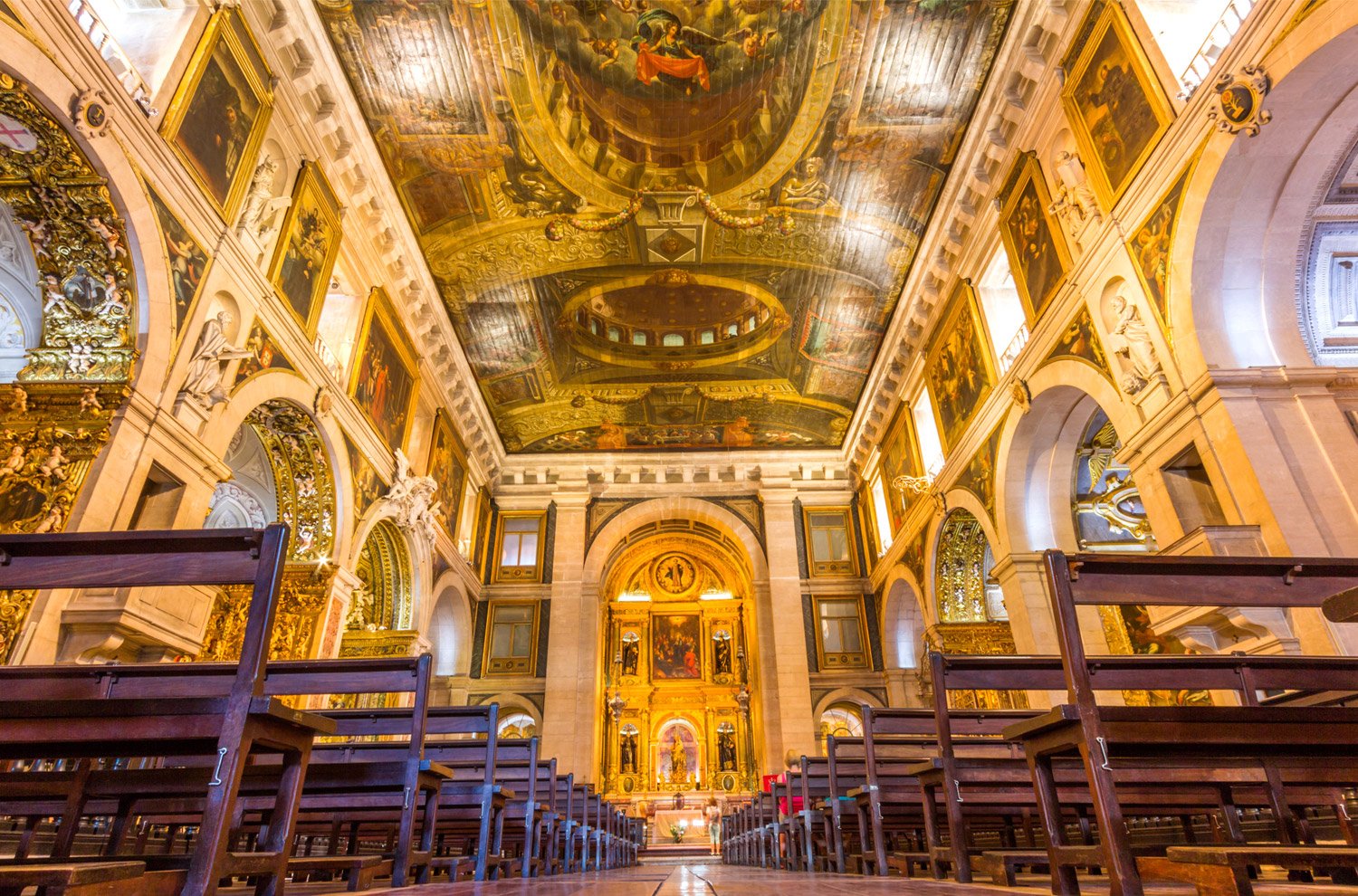
Costly materials like ivory, agate, porphyry, lapis lazuli, gold and silver were used in its design. It was blessed by the Pope and was shipped to Lisbon from Rome in 1747. The chapel’s ‘paintings’, which are actually detailed mosaics, and the scenes of Apocalypse painted on the ceiling, are noteworthy. This chapel is today, a masterpiece of European art.
The Museum of Sacred Art adjoins the church, houses 16th century Portuguese paintings like the Catherine of Austria and the wedding ceremony of King Manuel I, a display of vestments and a collection of baroque silver. A pair of bronze and silver torch holders that weigh about 400 kilos is the highlight of the exhibits.
National Coach Museum
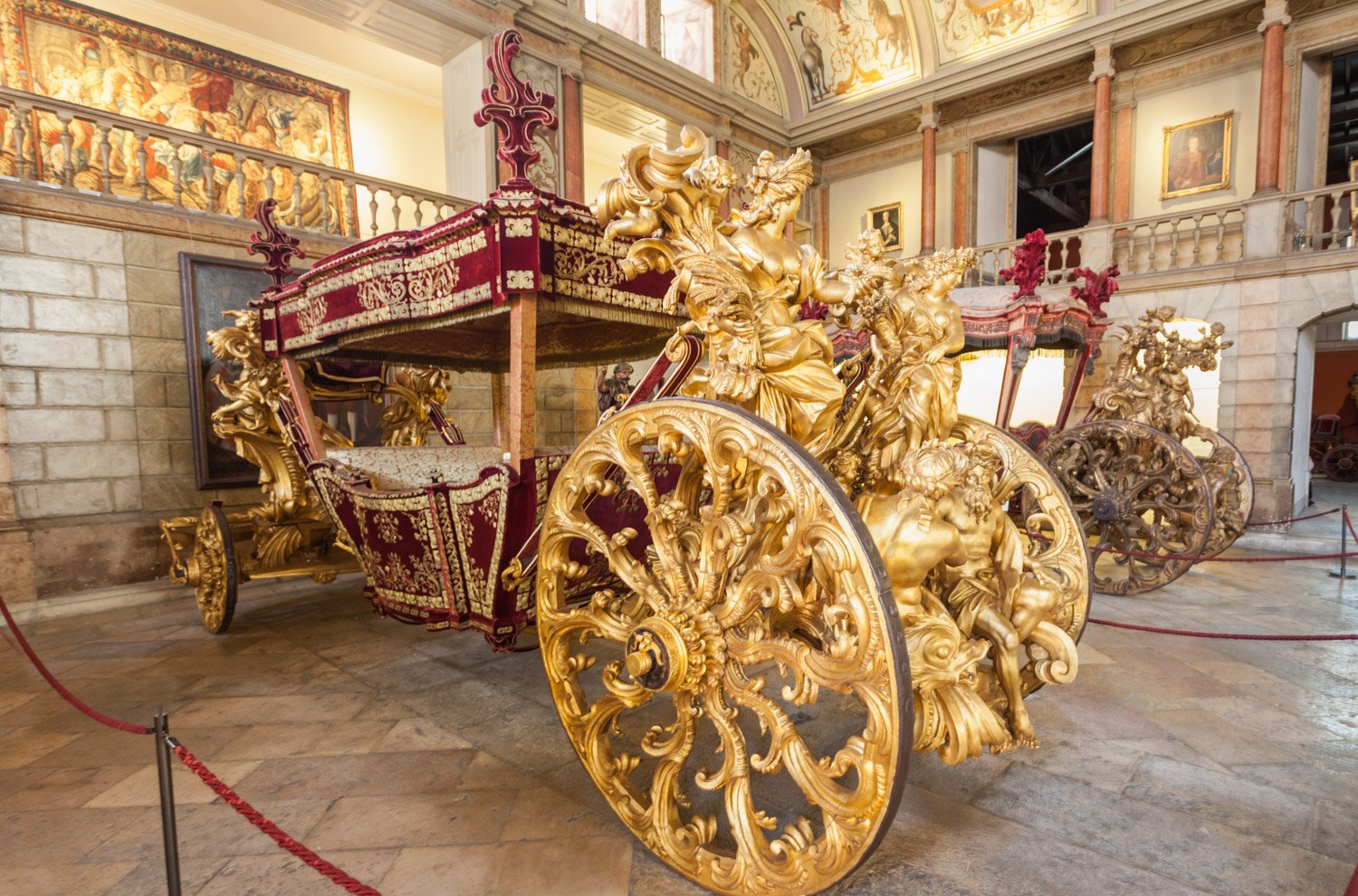
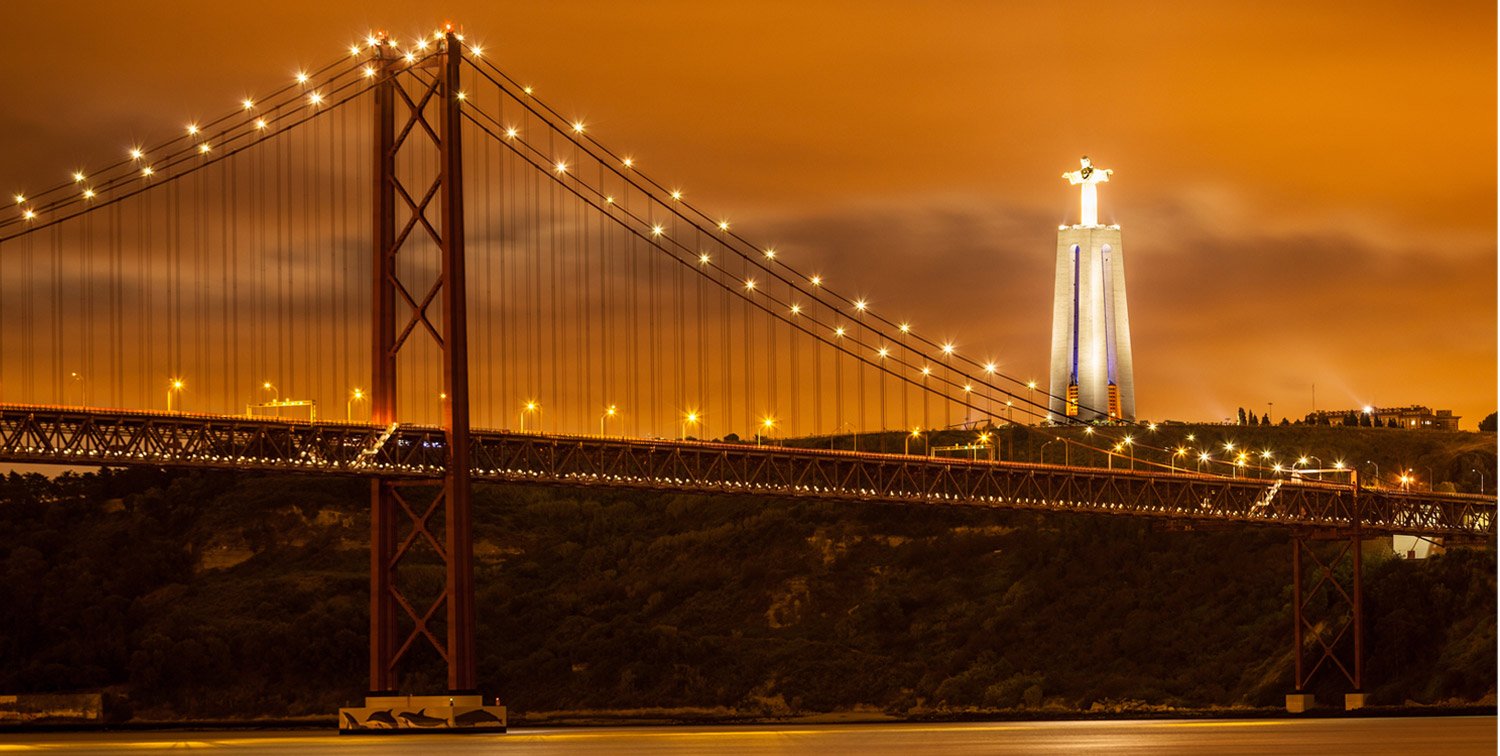
The statue of Christ with open arms is 28m (90ft) tall from where the panoramic view of the city spectacular. The view of the 25 de Abril Bridge from atop the 82m (270ft) pedestal is also breath-taking.
Aquarium

Tram 28

Castle of Sao Jorge
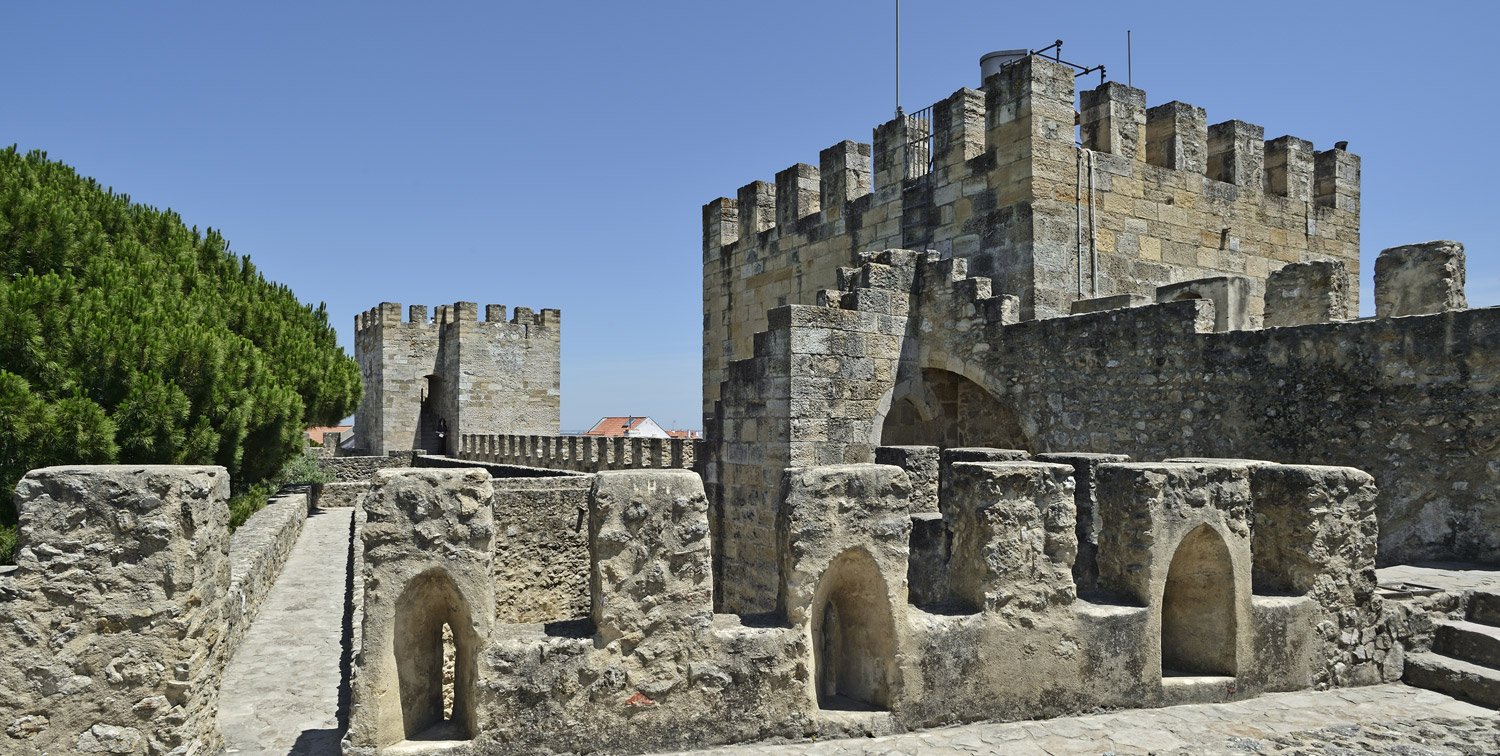
Tourists are allowed to climb up the towers and behold what the Moors saw years back. The continuous stretch of hills and a great panoramic view of the city and the River Tagus. The ramparts are restored for the tourists to experience a walk through the countryside.
Alfama


Baixa – Downtown Lisbon
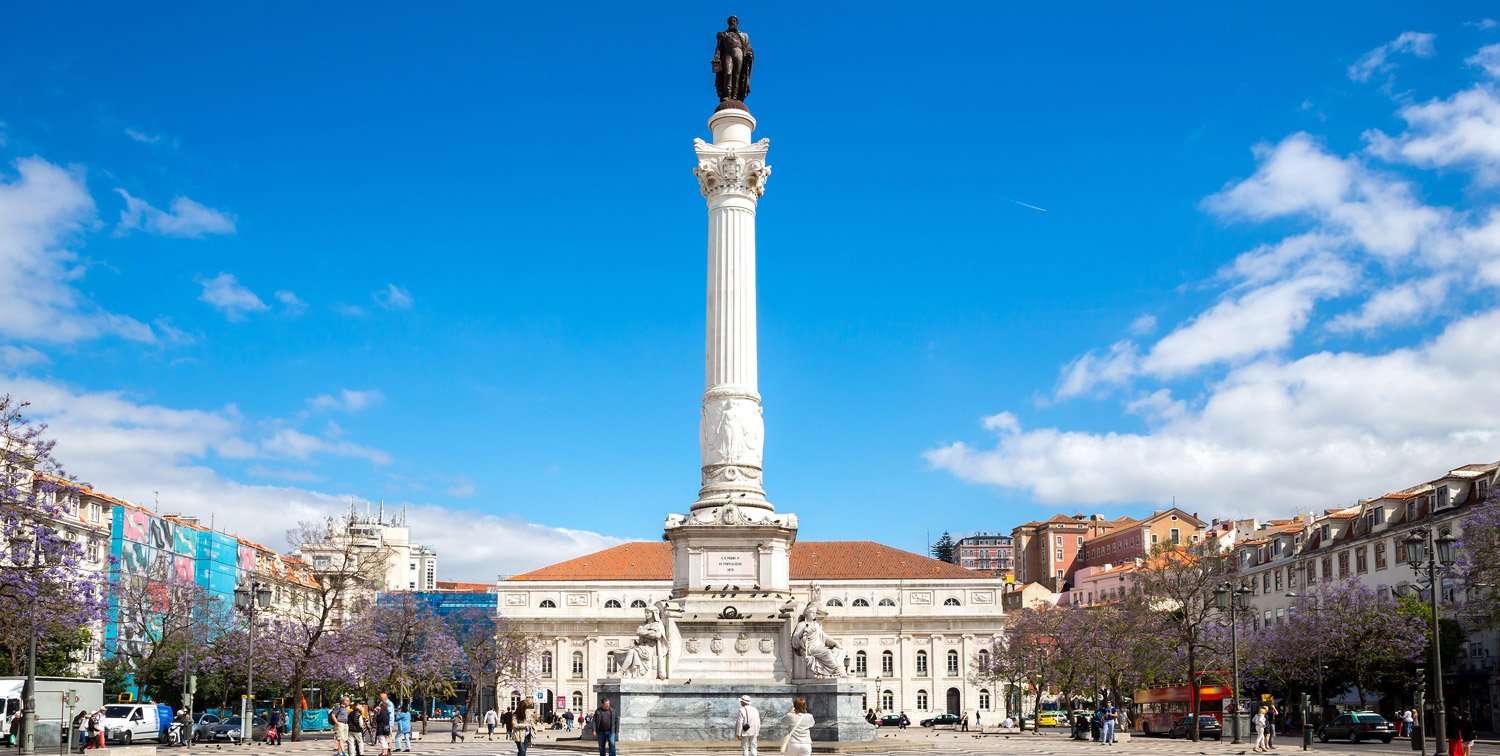
It was rebuilt with similar neo-classical buildings on the streets, after the Great Earthquake of 1755 that wreaked havoc, and was Europe’s first example of neoclassical design and urban planning. It is a European architectural achievement. It is listed to be a World Heritage Site.
The beautiful squares, cafes and shops, old tramcars, pastry shops and street vendors, all bestow the area with a special charm.
Bairro Alto

Santa Justa Elevator
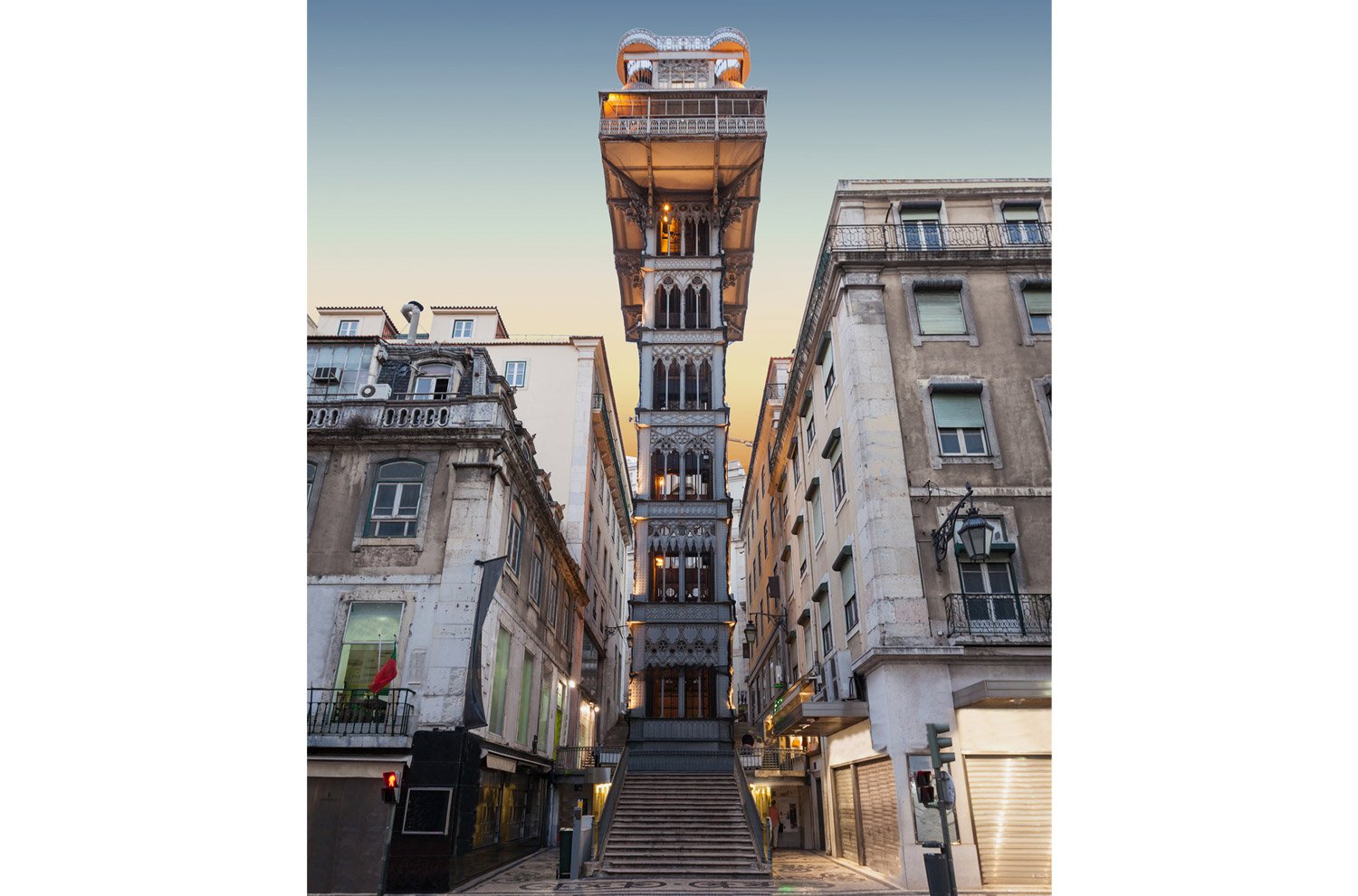
Comercio Square
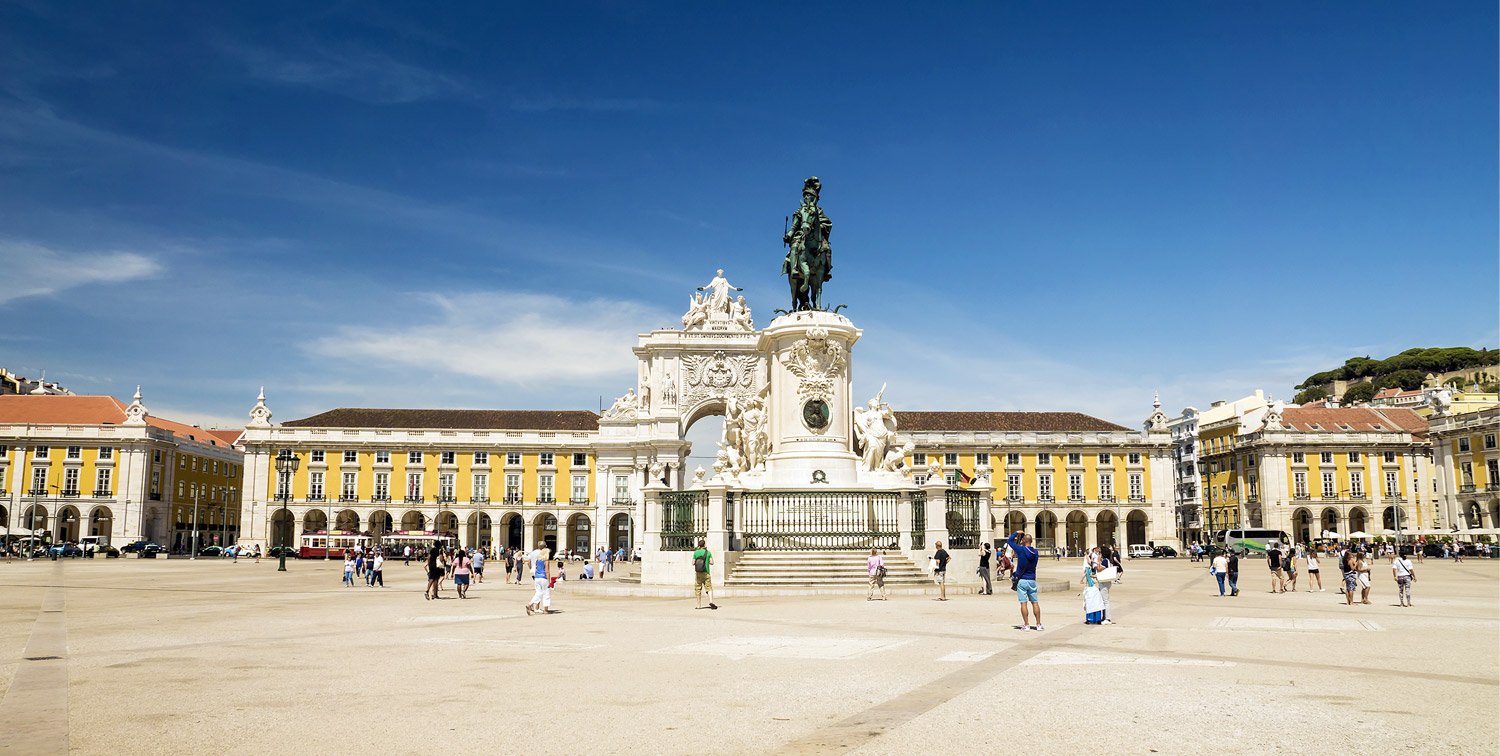
The triumphal arch in the north and Café Martinho da Arcada, the city’s famous cafes are well known. Functional since 1782, it was a favourite of poets Fernando Pessoa and Almeida Garrett and the novelist Eca de Queiroz.
The statue of King Jose I in the center of the square shows him on horseback, with his emperor’s mantle. It measures 14 metres in height from the pedestal.
Rua Augusta
The main pedestrian street of Lisbon.
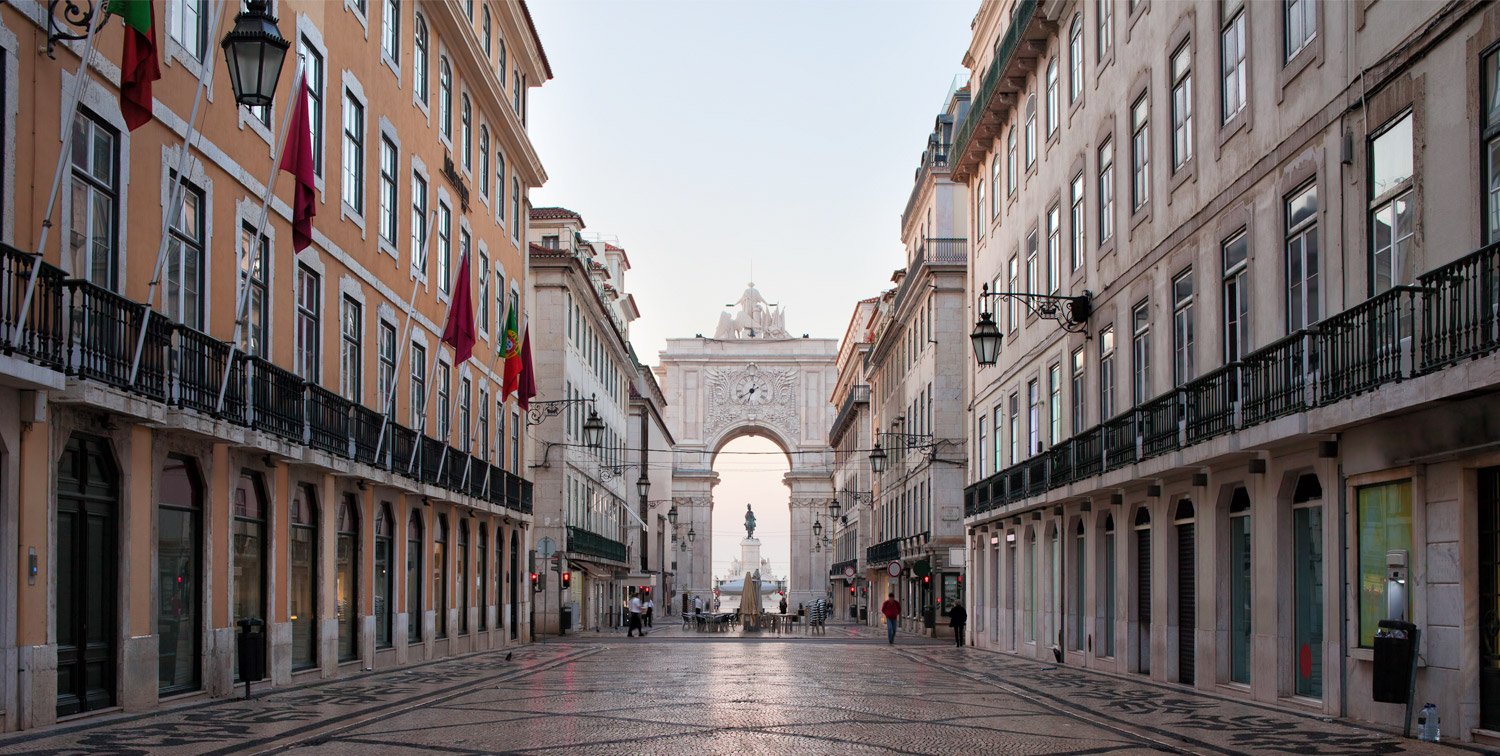
Chiado
A shopping and cultural hotspot.
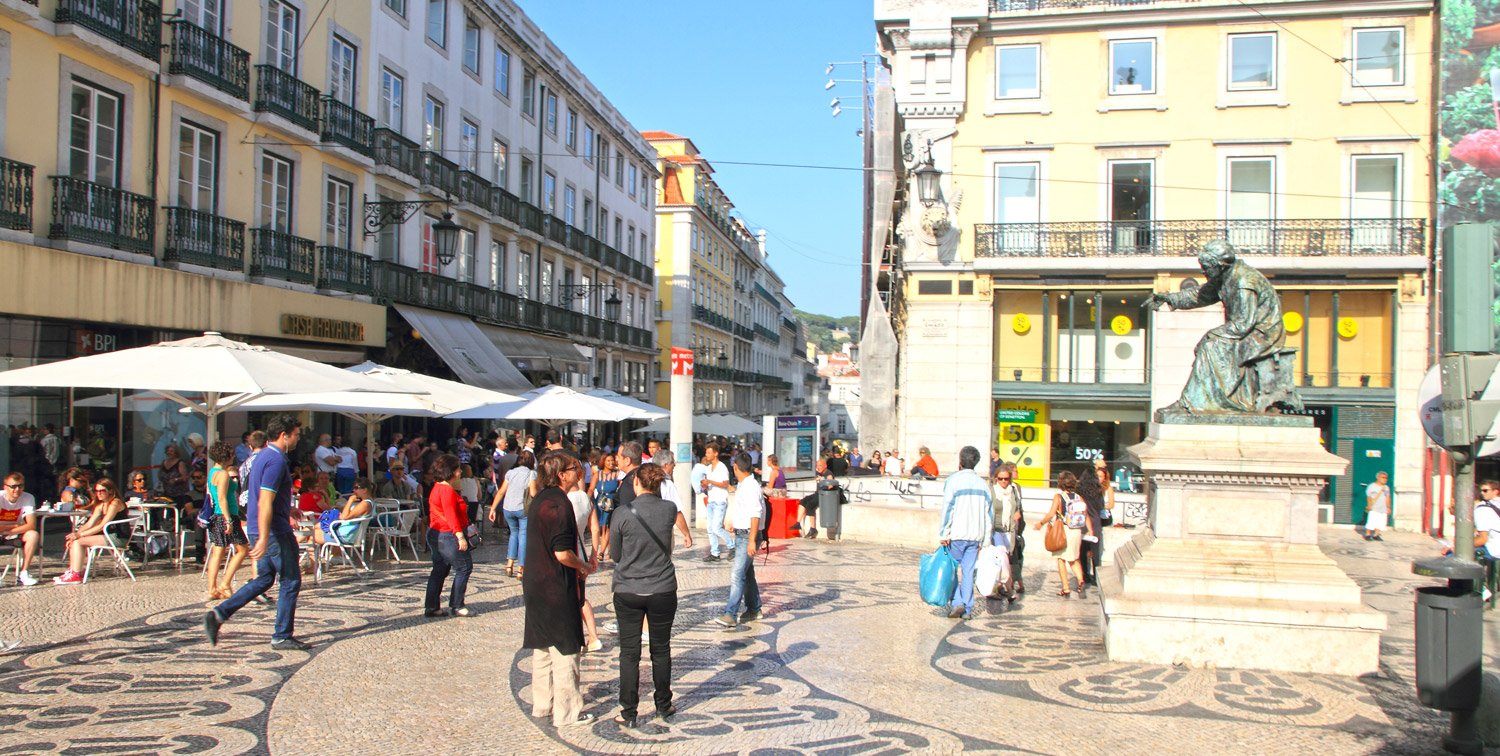
Rossio
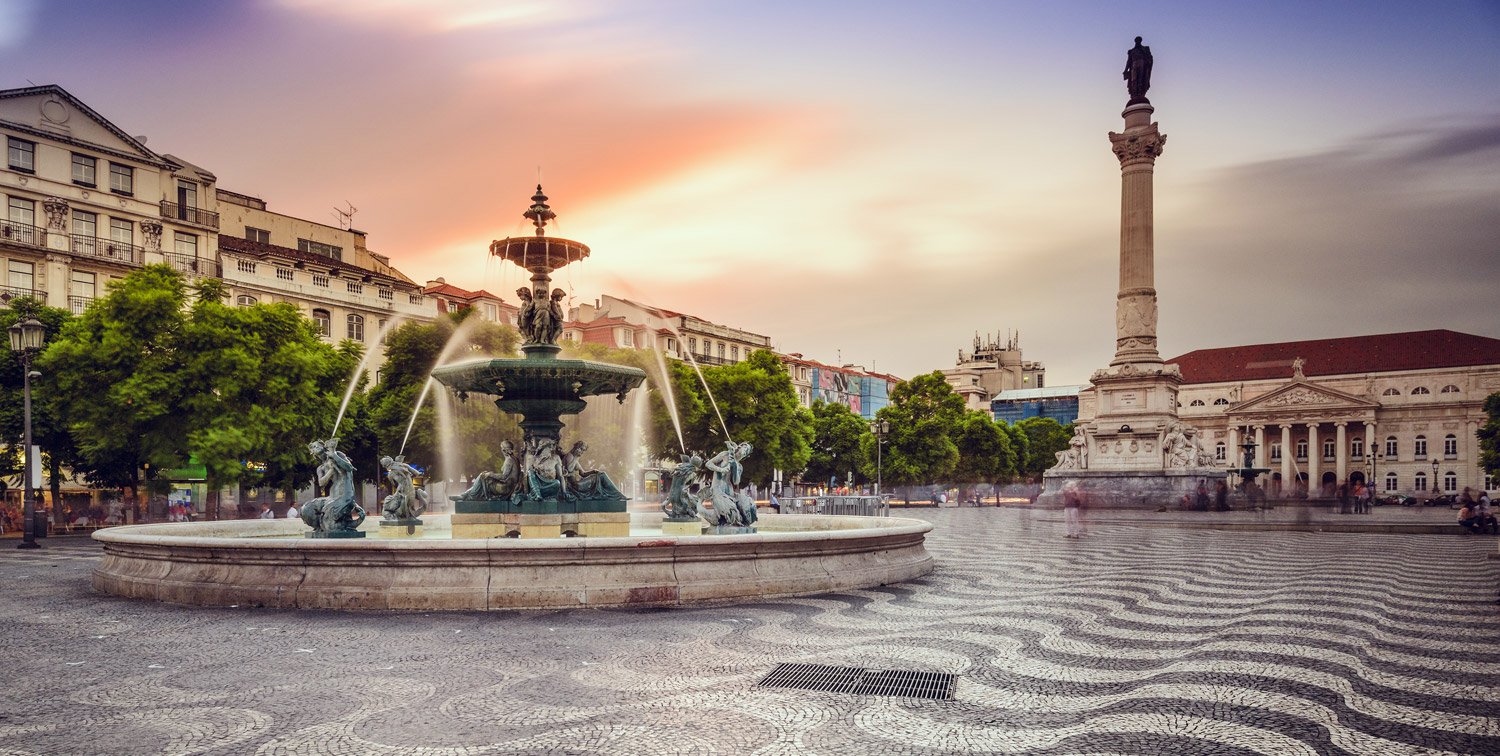
- D.Maria II National Theatre, where many plays were and are performed, with the Kings and Queens among the audience.
- The fountains that are used to baptize the freshmen when they enter the University at the beginning of October.
- The cafes that were frequented by famous Portuguese personalities. The Café Nicola, founded in 1929, is an example.
- Freshly roasted chestnuts sold in Rossio Square for many years!
The statue of Dom Pedro IV in the middle of the square, with the four female figures at its foot, that represent Justice, Wisdom, Strength and Moderation, the qualities attributed to Dom Pedro himself.
This Dom Pedro IV Square got the name Rossio from the locals. It is still a traditional meeting point for the Lisbons.
Igreja do Carmo
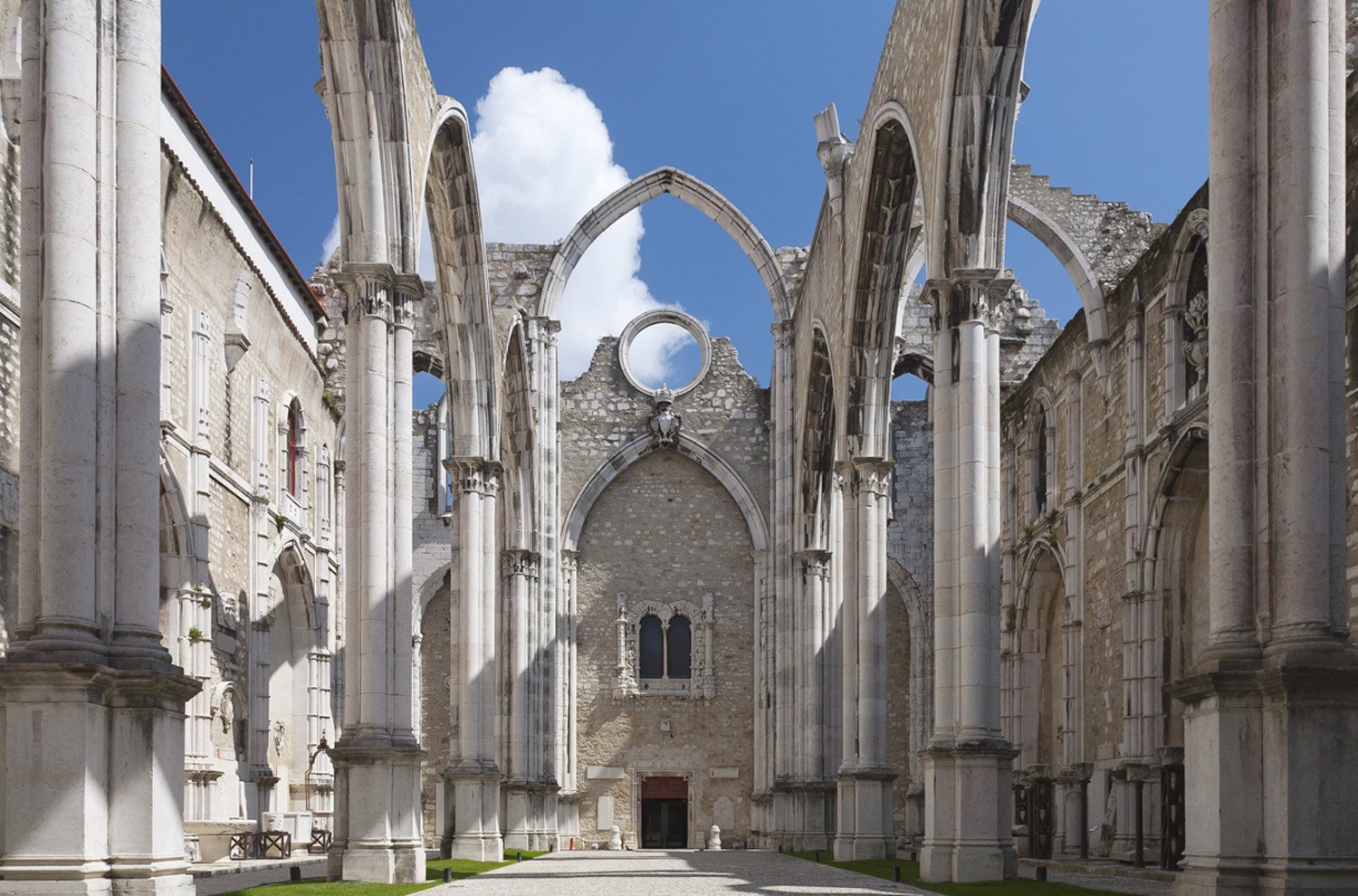
The Great Earthquake in 1755 left the Carmo church in ruins, which is best viewed from downtown Baixa, particularly from Rossio, Graca or St. George Castle. It is home to the Archeological Carmo Museum.
The museum contains precious pieces from prehistory to the contemporary. A search into the history of these pieces will you give a rich insight into the past.
Cities near Lisbon- Cascais and Sintra
Cascais
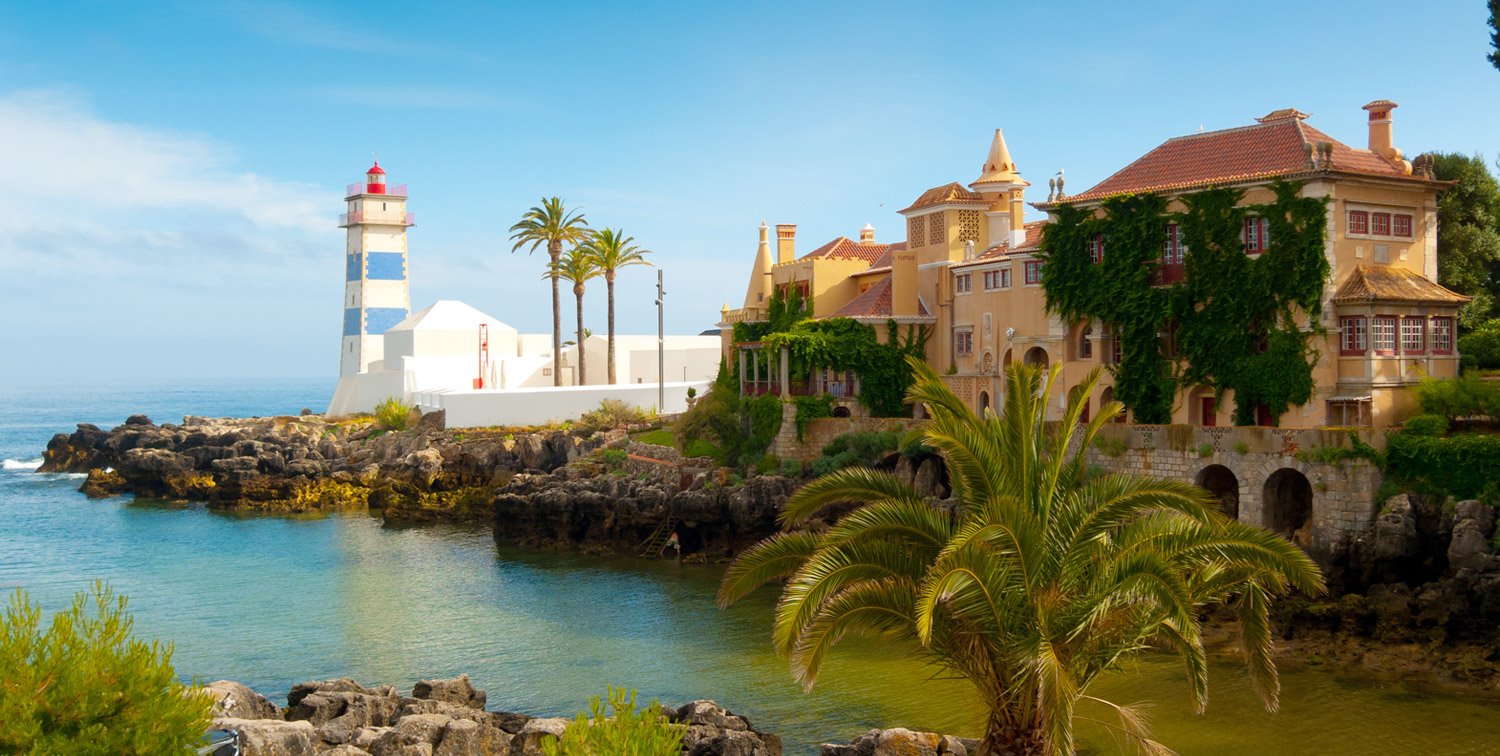
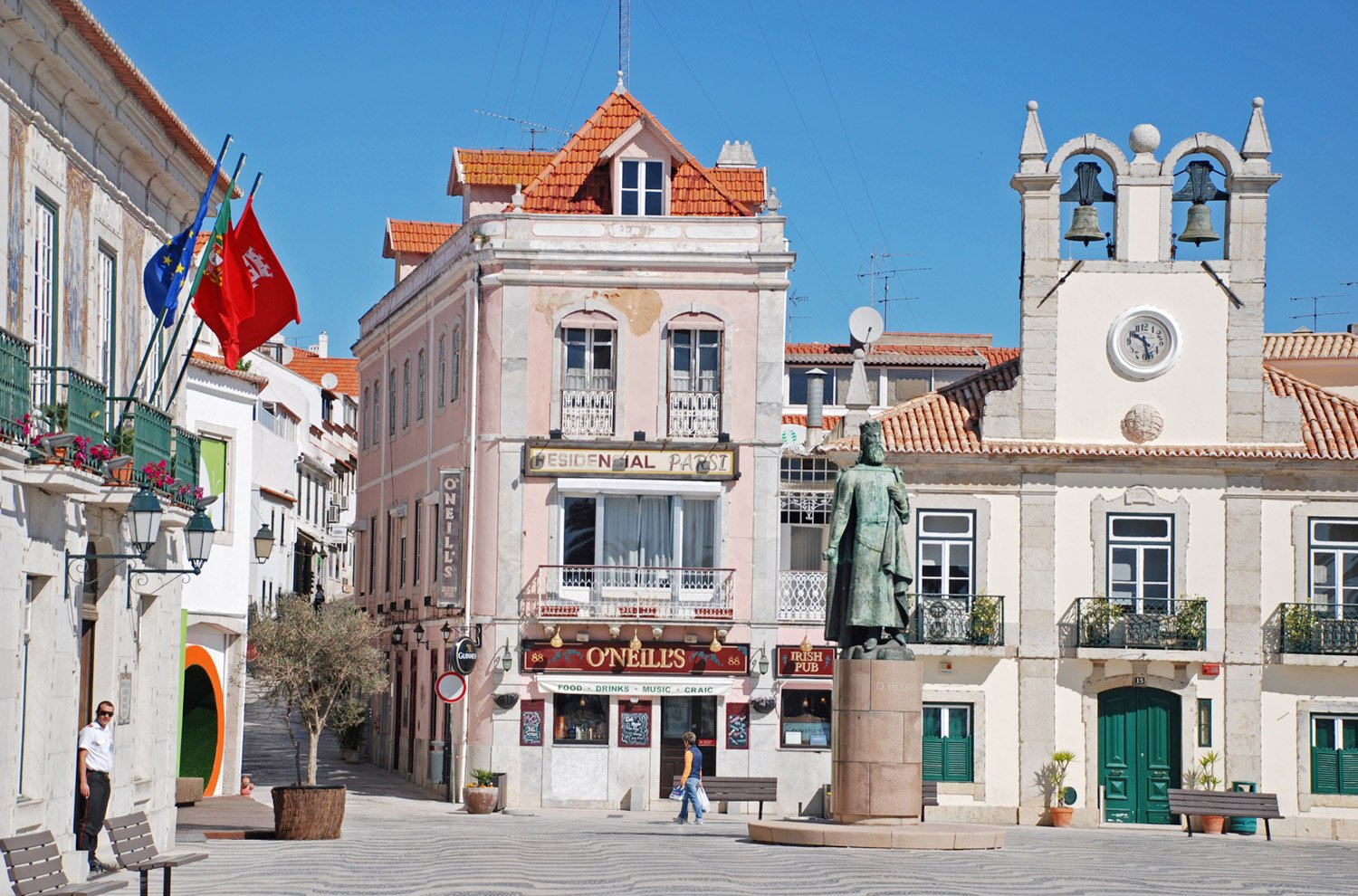
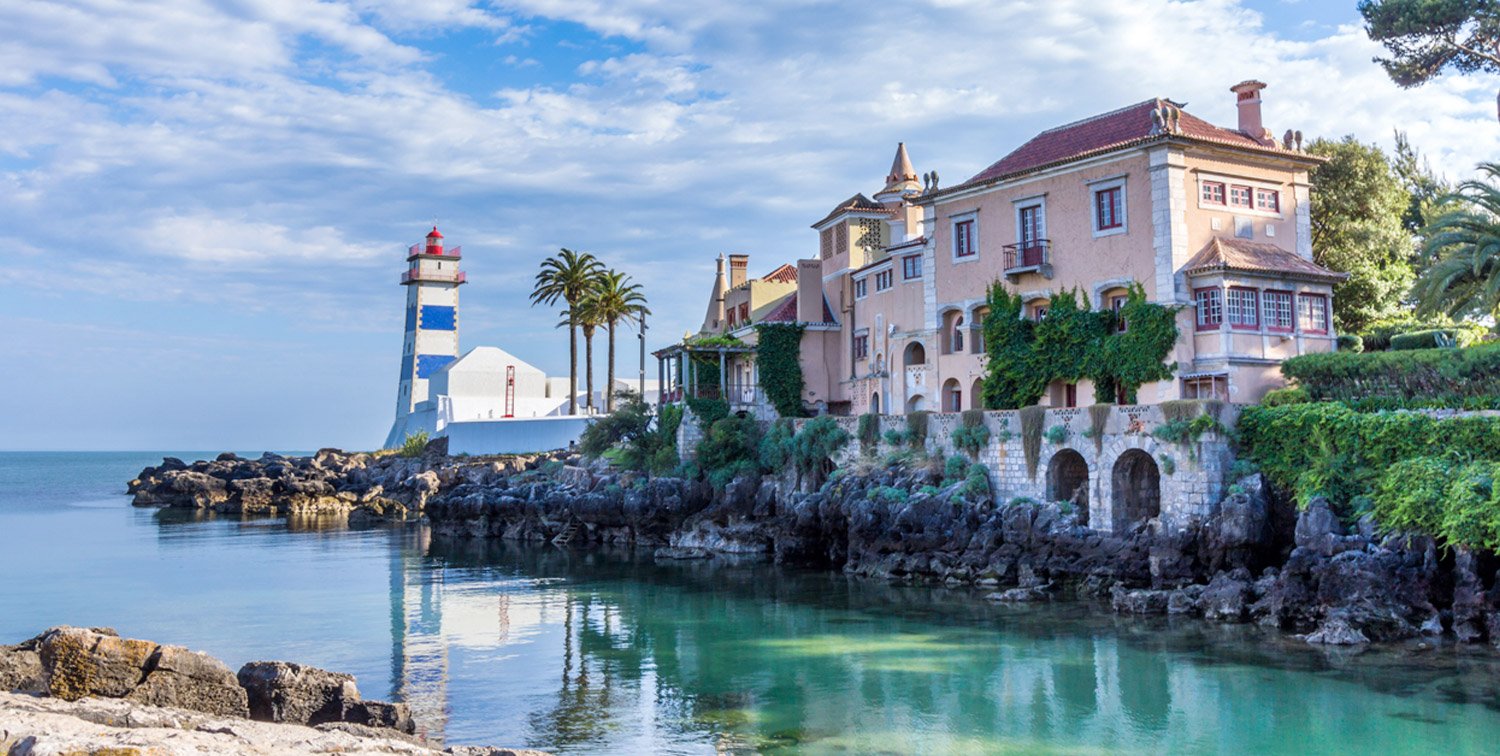
If parks interest you, walk into the one next to the museum, and relax in the shade of the foliage, on a hot day.
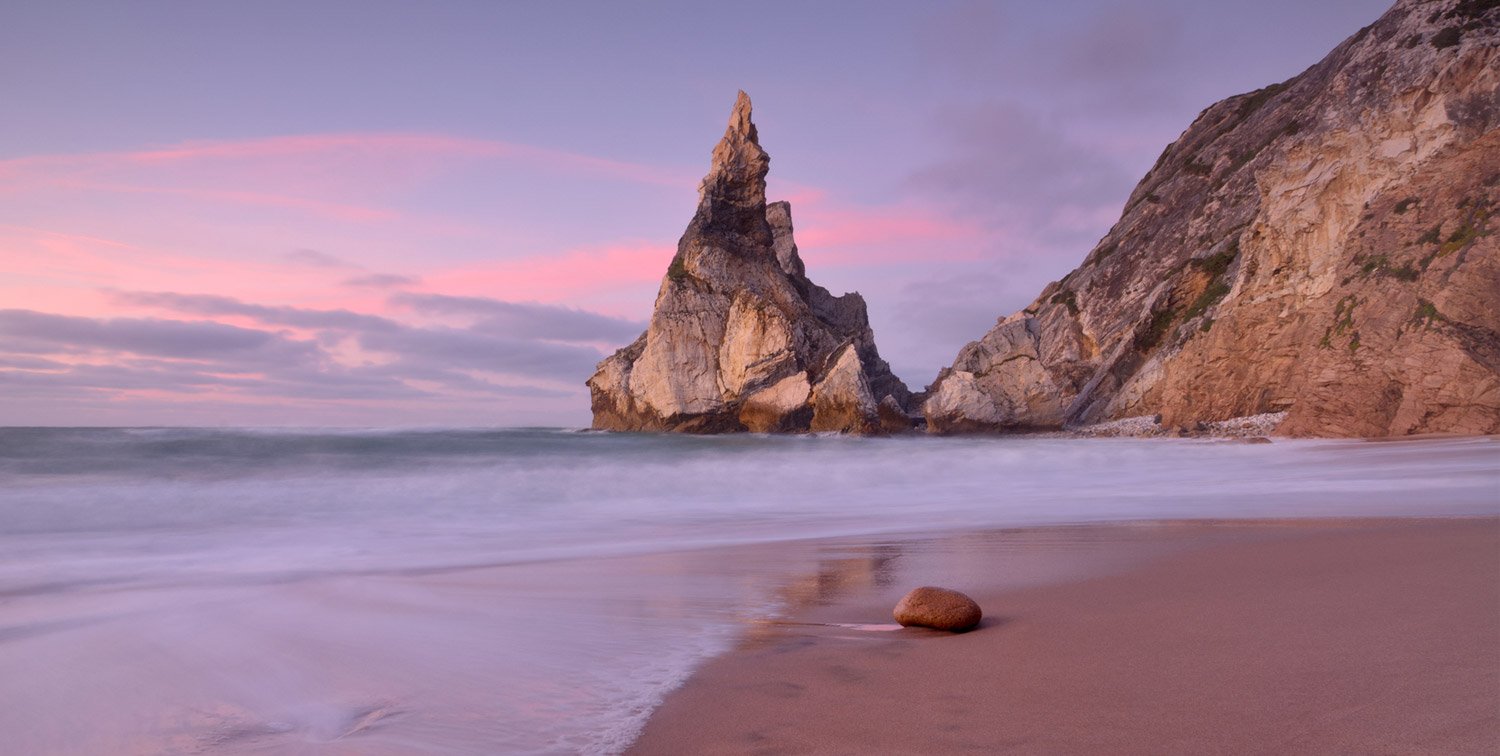
The beautiful houses and cosy restaurants, cafes and shops are all sights to watch on a walk through the centre of the town. There are old palaces and villasendowed with magnificent architecture, that wait to be explored!
